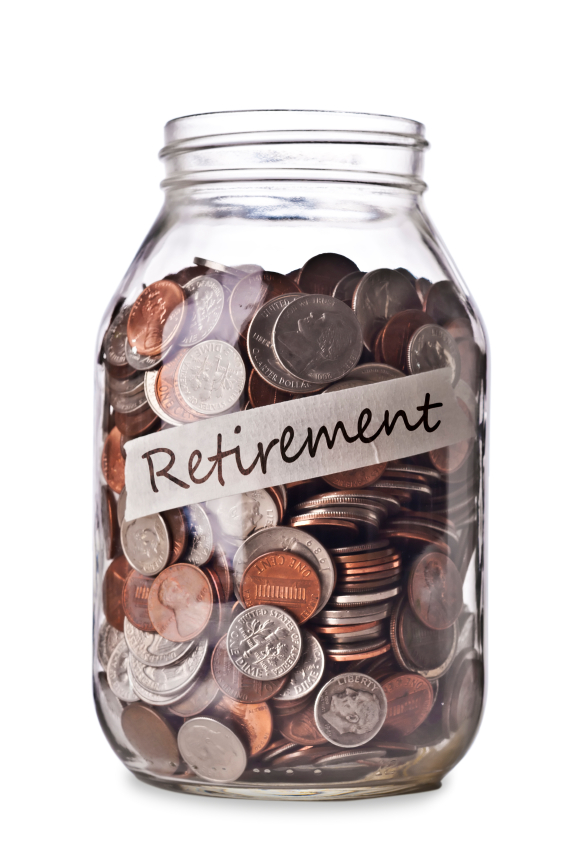AARP Eye Center

Retirement planning during a person’s working life is crucial to having financial security after leaving the workforce. But according to an August 2015 fact sheet released by the AARP Public Policy Institute, Workplace Retirement Plans Will Help Workers Build Economic Security, approximately 50 percent of Utah’s private sector employers representing over half of a million people do not have access to such a plan at work.
That’s why AARP Utah worked closely with Senator Todd Weiler (R-23) during the last legislative session to pass Senate Joint Resolution (SJR) 9, which “strongly urges Utah’s workers and the business community to join with the Legislature to study and develop a model for saving for retirement through the small business workplace that is accessible to the workers of Utah . . . “ [1]. Co-chaired by Utah State Treasurer Richard Ellis and Senator Weiler, the group includes organizations such as the AFL-CIO, Utah Insurance Department, Utah Division of Securities, Fidelity Investments, Vest Pocket Business Association, and the United Way.
SJR 9 points out that for millions of people facing the risk of running out of savings after they retire, a self-sufficient retirement is no longer a reality. The average Social Security benefit is just over $15,000 a year; while it does prevent approximately one-third of older Utahns from falling into poverty, it was never meant to be the sole source of income in retirement.
According to the fact sheet, workers in Utah businesses with few than 100 employees are much less likely to have access to a plan (74 percent) than workers in larger businesses (35 percent). There was also a strong correlation between education levels. About 75 percent of workers who do not have a high school degree did not have an employer-provided retirement plan compared with workers with some college (50 percent) or a bachelor’s degree of higher (37 percent). [2]
As with education levels and employer size, there was a wide variation in access to retirement plans, but workers from every income level worked for employers that offered no plan. Nearly three-quarters of workers making $14,000 or less not have access to a retirement savings plan, but over one-quarter of workers who make over $63,500 do not have access to a plan either. [3]
This publication outlined why a workplace retirement savings plan is so valuable. It states that, “about 90 percent of households participating in a workplace retirement plan today report that payroll deductions are very important and make it easier to save.” [4] According to a 2014 Employee Benefit Research Institute Study cited in the fact sheet, nearly two-thirds of employees with access to a retirement savings plan had $25,000 in total savings and investments, and 22 percent had $100,000 or more, compared with just six percent and three percent respectively for those without access to a plan.
AARP Utah hopes that the working group will examine these figures and develop a plan that will dramatically increase the number of workers with access to a retirement savings plan at work. Earlier research conducted for AARP Utah showed that 18 percent of retirees in the next 15 years will retire with more debt than savings. [5] The total cost to taxpayers for new retirees who must then rely on government assistance will top $3.7 billion over the next 15 years. [6] Creating a retirement vehicle through work will not only help the financial security of each worker who takes advantage of such a plan, but also the expense to the state for workers who qualify for direct government assistance because a lack of adequate savings.
AARP Utah will work closely with the working group to develop a plan that works for all stakeholders and provides a meaningful workplace savings plan for all employees in the state. For more information from the fact sheet, go to http://www.aarp.org/content/dam/aarp/ppi/2015-07/AARP-Utah-state-fact-sheet.pdf.
[1] SJR 9, Joint Resolution on Small Business Plan Availability, Utah Legislature (2015).
[2] AARP Public Policy Institute. “Workplace Retirement Plans Will Help Workers Build Economic Security.” Fact Sheet. Washington, DC. (August 2015).
[3] Cited from U.S. Census Bureau’s Current Population Survey, March Supplement, 2012-2014.
[4] AARP Public Policy Institute. “Workplace Retirement Plans Will Help Workers Build Economic Security.” fn 1.
[5] Notalys, LLC Retiring Poor in Utah p. 1 (January 2015).
[6] Id., p. 1.























































